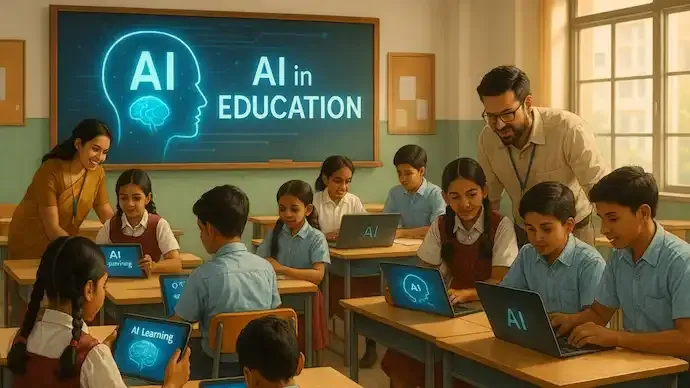Shopping cart
Your cart empty!
Terms of use dolor sit amet consectetur, adipisicing elit. Recusandae provident ullam aperiam quo ad non corrupti sit vel quam repellat ipsa quod sed, repellendus adipisci, ducimus ea modi odio assumenda.
Lorem ipsum dolor sit amet consectetur adipisicing elit. Sequi, cum esse possimus officiis amet ea voluptatibus libero! Dolorum assumenda esse, deserunt ipsum ad iusto! Praesentium error nobis tenetur at, quis nostrum facere excepturi architecto totam.
Lorem ipsum dolor sit amet consectetur adipisicing elit. Inventore, soluta alias eaque modi ipsum sint iusto fugiat vero velit rerum.
Sequi, cum esse possimus officiis amet ea voluptatibus libero! Dolorum assumenda esse, deserunt ipsum ad iusto! Praesentium error nobis tenetur at, quis nostrum facere excepturi architecto totam.
Lorem ipsum dolor sit amet consectetur adipisicing elit. Inventore, soluta alias eaque modi ipsum sint iusto fugiat vero velit rerum.
Dolor sit amet consectetur adipisicing elit. Sequi, cum esse possimus officiis amet ea voluptatibus libero! Dolorum assumenda esse, deserunt ipsum ad iusto! Praesentium error nobis tenetur at, quis nostrum facere excepturi architecto totam.
Lorem ipsum dolor sit amet consectetur adipisicing elit. Inventore, soluta alias eaque modi ipsum sint iusto fugiat vero velit rerum.
Sit amet consectetur adipisicing elit. Sequi, cum esse possimus officiis amet ea voluptatibus libero! Dolorum assumenda esse, deserunt ipsum ad iusto! Praesentium error nobis tenetur at, quis nostrum facere excepturi architecto totam.
Lorem ipsum dolor sit amet consectetur adipisicing elit. Inventore, soluta alias eaque modi ipsum sint iusto fugiat vero velit rerum.
Do you agree to our terms? Sign up

As artificial intelligence (AI) transforms education worldwide, the question of whether India’s schools are prepared for AI-powered classrooms is taking centre stage. Experts highlight both progress and persistent gaps in infrastructure, teacher training, and equitable access.
At a Harvard forum, psychologist Howard Gardner predicted that by 2050, the traditional classroom model where “everyone does the same thing” may seem outdated. AI-driven learning is already reshaping how students access knowledge globally.
India operates one of the largest school education systems in the world, with nearly 15 lakh schools and 24.7 crore students. According to UDISE+ data, computer access rose from 57.2% in 2023–24 to 64.7% in 2024–25, while internet availability grew from 53.9% to 63.5%. Despite gains, a third of schools still lack digital infrastructure.
Harish Sanduja (Jaipuria Group): “Technology cannot replace teachers. AI must be human-first and tech-forward to support social and emotional learning.”
Ajay Singh (Scindia School): “The challenge lies in bridging infrastructure and training gaps, or AI may deepen inequalities.”
Alka Kapur (Modern Public School): “Classrooms without walls are becoming reality, but hybrid models must preserve the teacher’s role.”
Aditi Misra (Dharav High School): “Without foundational infrastructure, AI classrooms remain aspiration, not reality.”
Ashish Munjal (Sunstone): “Without equal access, India risks a two-tier education system where only privileged children benefit from AI.”
India has launched several schemes to close the readiness gap:
DIKSHA: digital infrastructure for learning resources
PM e-VIDYA: multimode access to digital education
NDEAR: National Digital Education Architecture
Samagra Shiksha: financing ICT in schools and teacher training
While these platforms provide the framework, uneven rollout across states means progress is inconsistent.
Connectivity & Devices: A third of schools still lack computers or internet.
Teacher Capacity: AI literacy and blended pedagogy training remain limited.
Equity & Inclusion: Gaps in accessibility and resources risk widening divides.
International guidance from UNESCO suggests India should:
Fast-track connectivity and devices in underserved districts.
Scale teacher training in AI literacy and blended learning.
Pilot and evaluate AI-based models before mass rollout.
Preserve schools’ social and emotional roles while scaling digital access.
The vision of “classrooms without walls” is no longer theoretical. For India, the challenge is ensuring AI-powered classrooms become tools of inclusion, not division. The nation’s ability to bridge its digital and training gaps will decide whether AI-driven education expands opportunities for all children—or leaves many behind.
4
Published: Oct 02, 2025